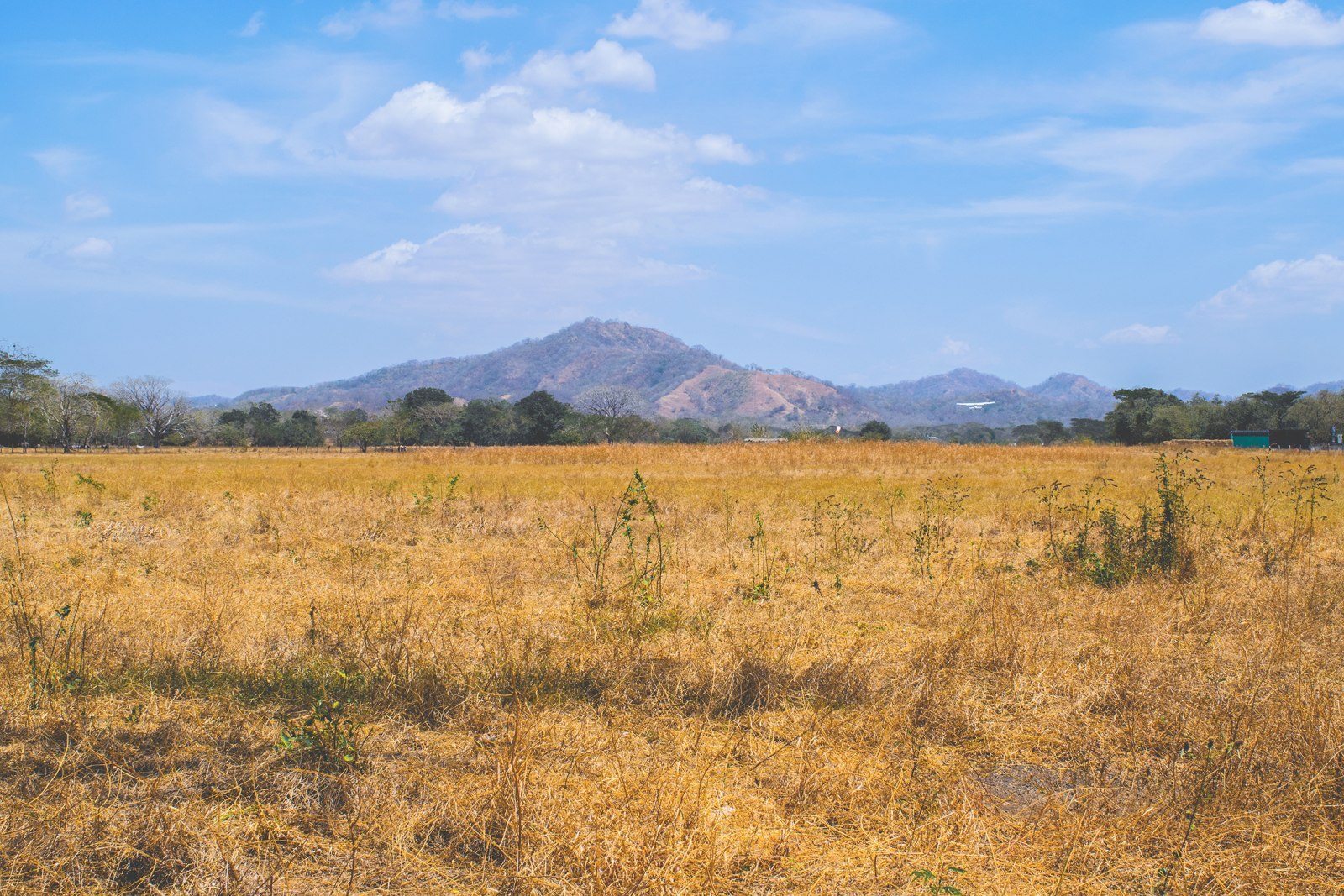
The phenomenon of El Niño will arrive in August with less intensity, but communities and local authorities should be prepared for its consequences, according to several specialists at the National Meteorological Institute (in Spanish, IMN).
“Everyone agrees that this is not going to be a very intense El Niño. On the contrary, it’ll be weak. However, this doesn’t mean that its impact will be weak,” said Fernando Alvarado, meteorologist at the IMN.
The Costa Rican Institute of Aqueducts and Sewers (in Spanish, AyA) confirmed that at least 20 communities in Guanacaste will need to distribute potable water with cistern trucks. Some communities include Los Angeles de Hojancha, Riviera Norte de Nosara, Platanillo de Nicoya, Naranjal de Nicoya, Brasilito de Santa Cruz, and Tacaní de Nandayure, among others.
Yamileth Astorga, the director of the AyA, told The Voice of Guanacaste that the institute is working on opening 12 new wells and improving the infrastructure of 155 ASADAS (local water boards).

Additionally, the institute will invest ¢39 billion in the biggest projects, including the “Coastal Aqueduct,” in areas like Santa Cruz, Bagaces, and Nicoya.
Aquifers Are Replenished
Astorga said that although conditions will be dry, most communities won’t have problems because the aquifers have been replenishing with the rainfall of the last few months.
“There will be a drought but we’re lucky that it’s been raining a lot. This means that the aquifers are being replenished,” Astorga explained.
“We’ll proceed with the studies to be sure we’re safe with our well drilling,” she said.
In 2015, Guanacaste endured the most extreme drought in 78 years because of El Niño.
Additionally, problems of salinization of coastal wells and the lack of aqueducts have created water-access problems in the province.
El Niño in Guanacaste
Gabriela Chinchilla, the meteorologist at the IMN, said that El Niño is very probable, but that it has developed rather slowly.
“We initially expected it to be stronger, but in the last few months we’ve seen that the evolution (of warming waters in the Pacific) has been slow,” said Chinchilla.

Experts recommend that Guanacastecans not let their guard down and to be attentive of the IMN’s climate reports on their Twitter account or web page.
This phenomenon is especially harmful to farmers and ranchers because both cattle and crops are affected by the lack of water.
“You have to take climatic projections into account and coordinate with the respective institutions, be it the AyA or the Ministry of Agriculture, in order to minimize the damage,” said Chinchilla.
The latest update from the institute indicates that there is a 45% chance of an El Niño event during the second semester of this year, a 42% chance that there won’t be any climatic event, and a 13% chance of La Niña forming.
She added that there is expected to be a 10% rain deficit in July and 25% in August, when El Niño would arrive.
How Does El Niño Form?
The El Niño phenomenon is linked to severe droughts and a lack of water, which makes it so harmful to dry climates like Guanacaste’s.
According to Alvarado, El Niño is formed when water in the Pacific warms anywhere from half a degree to three degrees.
“This warming then moves to the atmosphere via wind that passes through the sun and distributes these anomalies around the planet,” explained Alvarado.
In Costa Rica, the effects of this phenomenon are almost immediate because we are so close to the origin of the warming. According to experts, its presence causes droughts in Guanacaste while in Limón it creates strong rains.







Comments